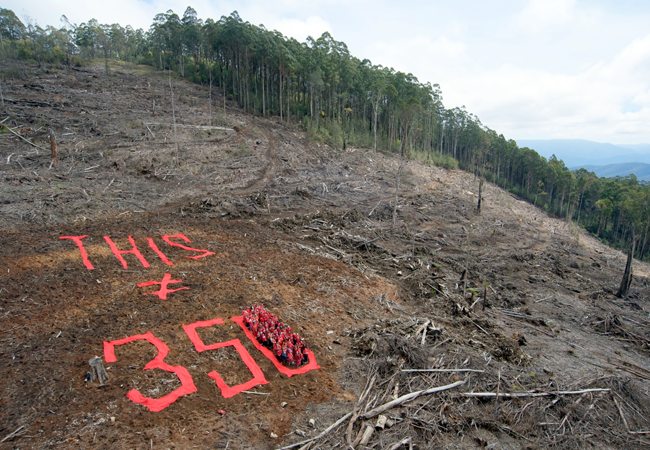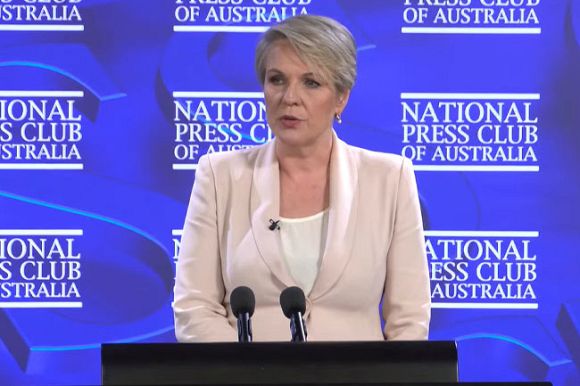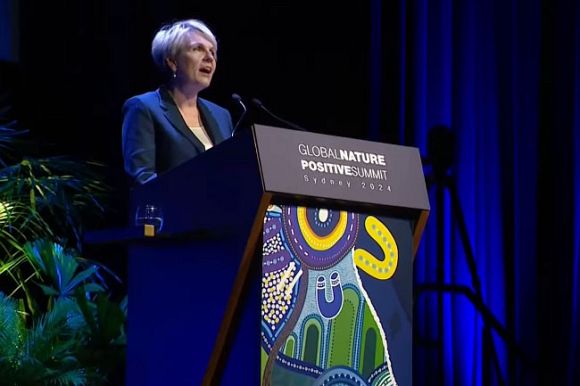Biodiversity offsets promise conservation but enable destruction. A failed system fueled by profit, not science, is accelerating biodiversity loss, writes David Paull.
ALL AUSTRALIAN STATES and the Commonwealth embrace the concept of biodiversity offsets. It is regarded as a primary means to minimise the damage inflicted by development to the variety of life – or in some cases, a means to actually increase it using a variety of actions – generally at a location some distance from the affected area.
But is this a scientifically valid approach? And do we have examples of the principle being applied effectively?
The answer to the first question is, like carbon offsets, no it isn’t, as most scientific papers that have looked at the approach have indicated. The answer to the second question is, while ecological restoration and management activities have resulted in biodiversity benefits, do they offset large-scale development for which the method has been applied? The answer again is no. If so, then why has this methodology been so widely accepted by government regulators as a legitimate and robust approach?
We have to go back more than 20 years to see where biodiversity offsets came from, what it was originally intended for and how it was appropriated by a few with dollar signs in their eyes.
At a farm near Nyngan, New South Wales in the early 2000s, a mix of academics, landowners and other observers (including this writer) gathered to hear about the new "environmental improve or maintain" methodology designed for farmers on their land. It was contrived in response to the land-clearing issues that the NSW Government was trying to tackle at the time. The methodology had been worked on by a group of academics based out of Canberra, led by Dr Sue Briggs, in conjunction with the NSW Department of Land and Water Conservation.
The idea was to bring land clearing into the regulatory tent by licensing certain amounts and types of clearing, as long as the farmer undertook "compensatory" actions elsewhere on their property. It could include things like fencing off and restricting grazing in certain areas, tree planting and other restorative actions.
Notice the property focus, work had to be completed on the same property. This was so that questions regarding the provenance of the affected biota did not arise and also to ensure that the scale of the actions was restricted. Even so, even at this scale there were problems, the key one being the question of time lag for the planted or regrown vegetation to become habitat.
Where these timescales exceed the life span of an individual affected animal, there can only be biodiversity loss. Good examples are tree and log hollows and habitats associated with old growth, which can take 50 to 200 years to form. The science of nest boxes has progressed well in this time, though scientific questions remain.
The system was underpinned by a metric to guide assessors as to the relative ecological value of different actions and losses. In the end, this proved to be the downfall of the scientific credibility of the revised biodiversity offset approach.
Enter the mining and property development lobbies. It didn’t take long before some in the sector noticed the potential benefit of such a scheme if it was rolled out for them. But it had to be under the auspice of the state department, which oversaw the laws affecting threatened species in NSW — the old Department of Environment. It is not clear to most how this all transpired behind closed doors, but it is clear that some individuals in the department that dealt with the regulation of mining and development interests took up this challenge with gusto.
This group of men formed a company called Eco Logical Australia and set about developing a "biometric" methodology to deal with offsets at a larger scale that would suit the interests of these large developers. And so, what is now known as the Biobanking Assessment Methodology based on a system of biodiversity credits and liabilities, was born. It was underpinned by an offset policy developed by the government, which established a set of rules by which biodiversity offsets could be legally undertaken.
To implement this new assessment paradigm, a new army of "BAM Assessors" was trained to use the program in the field. I was one of the first assessors to be certified in 2008. The trouble with the methodology and offset policy became clear to me and many others early on. The primary issue was that this was a number-crunching exercise, where an assessor would punch in numbers into a black box and get a readout of the credit liabilities the developer had to offset. You didn’t even have to have great ecological knowledge — a scientific understanding of the habitats and ecology of individual species was not required.
But this is exactly what the executives of development companies wanted. They had been plagued by the science associated with the earlier scheme – known as the Seven Part Test – and desired an approach where the issues of listed threatened species and communities could not upset their development plans. Indeed, the sector's culture was reflected within government departments.
As the planning executive once asked me:
"Box Gum Woodland isn’t really that endangered is it?”
The old assessment system relied on a scientific understanding of the affected species and ecosystem, and. if a significant impact was likely or not. It needed a trained and experienced ecologist or biologist to weigh up the evidence using the latest in scientific literature. None of this was necessary under the new methodology. The two systems lived briefly concurrently and then the Seven Part Test became optional.
However, the new system was still not delivering for development executives. Both the black box and the offset policy had to be continually upgraded with modifications so that offsets could work for developers.
Another key problem – given large developments often involved the removal of hundreds of hectares of native vegetation – was that not enough vegetation of the same or similar type could be found in the vicinity of the development to use as an offset.
This, of course, was due to the fact that some vegetation communities were already restricted in their distribution and hard to find, some restricted naturally, others due to historic removal. Initially, some ecological entities, such as those listed as being threatened, were given a "red flag" status meaning they could not be developed, though these restrictions have subsequently been lifted. Nothing now is quarantined from inclusion in the scheme because of its conservation status.
To address this availability shortfall, state authorities gradually weakened offset requirements, eliminating the need for like-for-like replacements and local sourcing. Eventually, they allowed developers to bypass offsets entirely by paying the government instead. By any measure, this is a total collapse of scientific integrity and a failure of the so-called precautionary approach to species extinction. This system ignores the ecological reality that some communities are extremely sensitive, restricted, or affected by local factors not acknowledged in the methodology.
The other scientific issue has to do with Australia’s commitment to the International Convention on Biological Diversity and failure to adhere to Article 8 k of the Convention, that states signatories need to:
‘Develop or maintain necessary legislation and/or other regulatory provisions for the protection of threatened species and populations.’
Populations are not protected under NSW law or even mentioned. Some species have populations which cover large areas – such as kangaroos – while other smaller species have populations which are very restricted and more prone to local extinction. No offset can replace the loss of a population, the loss of that unique genetic signature, no matter where it is or how big the offset is.
In an attempt to provide some kind of direction for companies to follow before the government could accept direct biodiversity impacts, a "mitigation hierarchy" was established which consisted of:
- avoiding impacts;
- minimising impacts; and then if these failed,
- offsetting/compensating.
However, the laws as they are written in NSW accept only very weak indications that this process has been dutifully followed. Deliberately weak, might I add, as my own experience as a mining regulator reinforced, planning officials in NSW bent over backwards to get approvals for big development companies through.
It is these same companies who are loathe to make any changes to their master plan, claiming any small alteration would make the whole project unviable financially. A good recent example of this was the outcry by the McPhillamys Gold Project proposed near Blayney in NSW, for having to relocate their tailings dam away from a primary stream.
Biodiversity offsets have received considerable criticism, justifiably, on the inability of the NSW Government to ensure a transparent system was being maintained and their own rules were being followed. It is a sad indictment that the system cannot follow its own unscientific rules, just like it is unable to refer to the scientific literature. But the mere collation of large data sets is not indicative of science and biodiversity offsets should be condemned outright as unscientific.
In fact, by all measures and published scientific assessments of the matter, it has just been a tool to facilitate development and exacerbate biodiversity loss.
A new scientific approach that is consistent with biodiversity enhancement and international conventions is urgently needed. Perhaps what is more urgently needed is a cultural shift in the halls of the public service that can accept the "triple bottom line" or principles of ecologically sustainable development as being relevant in the world we find ourselves in today.
David Paull is an Australian ecologist and blogger on politics and the environment.
 This work is licensed under a Creative Commons Attribution-NonCommercial-NoDerivs 3.0 Australia License
This work is licensed under a Creative Commons Attribution-NonCommercial-NoDerivs 3.0 Australia License
Support independent journalism Subscribe to IA.















